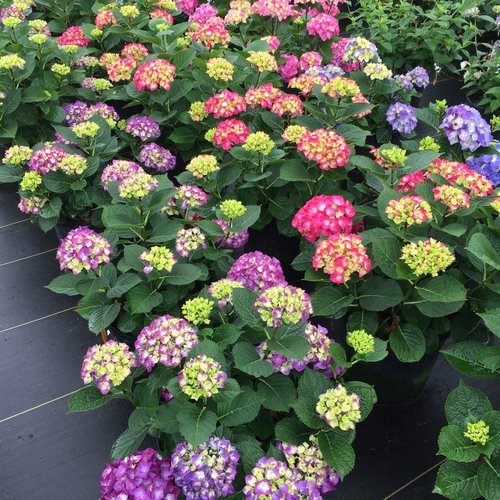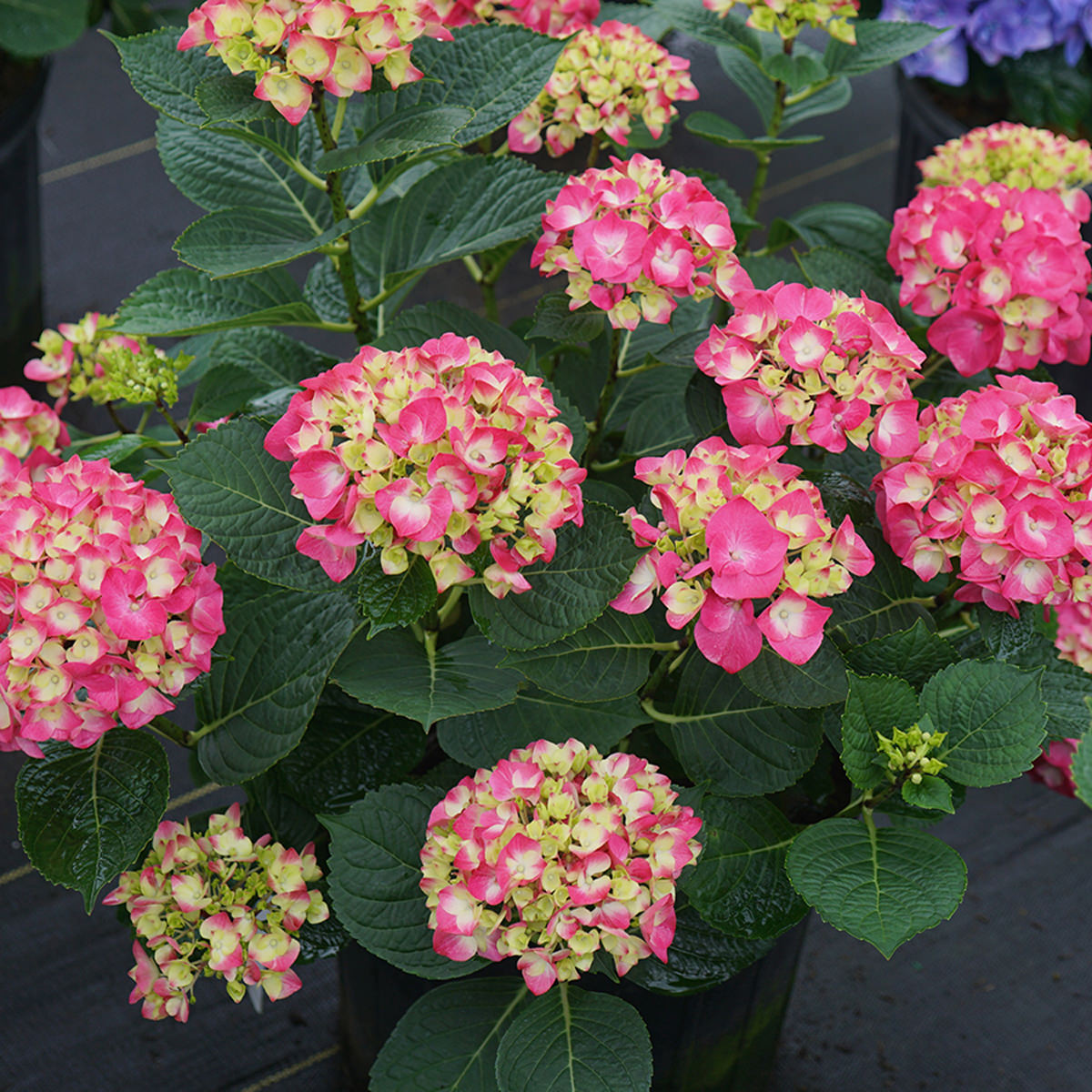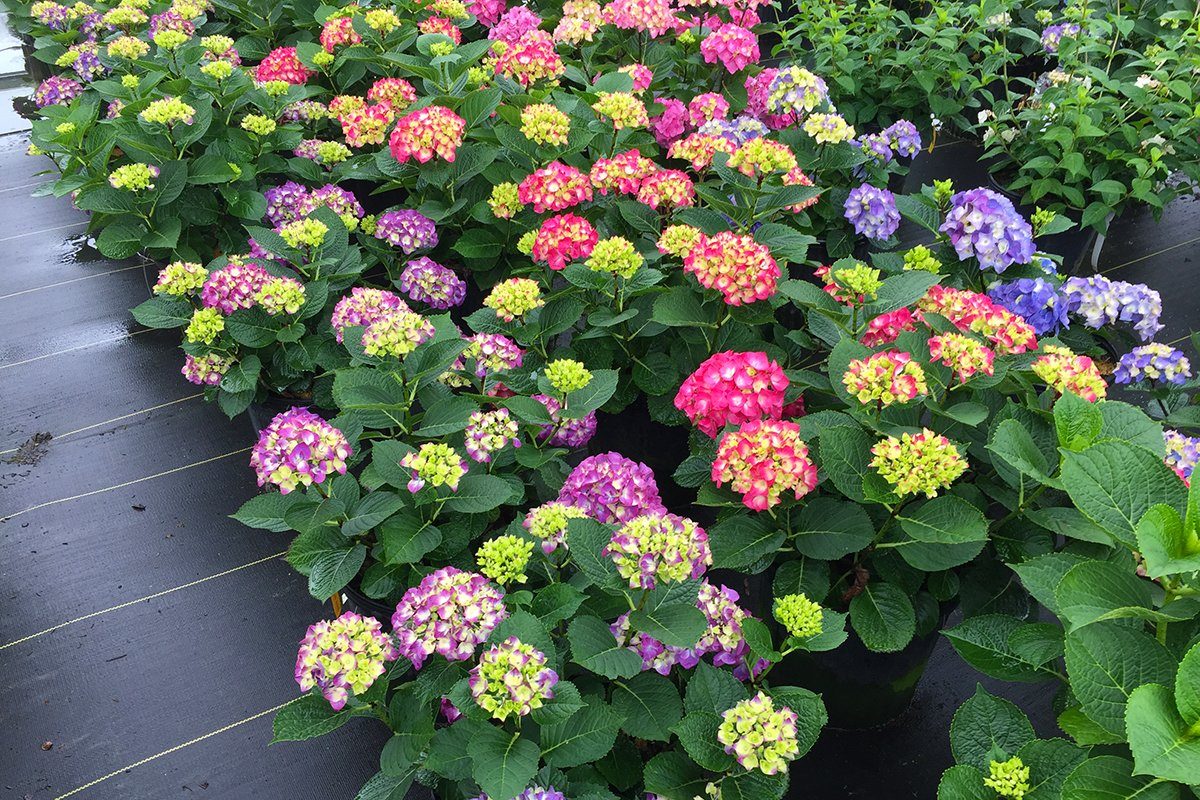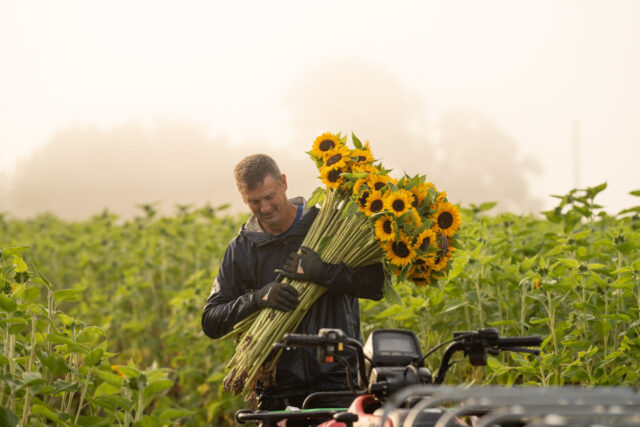How To Grow And Care For Wee Bit Giddy Hydrangea
Title: How to Grow and Care for Wee Bit Giddy Hydrangea
Introduction
Wee Bit Giddy hydrangea is a beautiful and versatile plant that can add a touch of elegance to any garden. It is a dwarf variety of hydrangea, meaning it only grows to about 2 feet tall and 3 feet wide, making it perfect for small spaces. Wee Bit Giddy hydrangea is also known for its vibrant red flowers, which can be enjoyed from early summer to late fall.
If you are thinking about adding Wee Bit Giddy hydrangea to your garden, here are some tips on how to grow and care for it:
Planting
Wee Bit Giddy hydrangea prefers full sun to partial shade. It can tolerate a variety of soil types, but it prefers well-drained soil. When planting, amend the soil with compost or other organic matter to improve drainage and fertility.
Watering
Wee Bit Giddy hydrangea needs regular watering, especially during the first year after planting. Water deeply once a week, or more often during hot, dry weather. Mulch around the plant to help retain moisture.
Fertilizing
Wee Bit Giddy hydrangea does not need to be fertilized heavily. A light application of fertilizer in the spring will help promote flowering. You can use a balanced fertilizer, such as 10-10-10, or a fertilizer specifically formulated for hydrangeas.
Pruning
Wee Bit Giddy hydrangea does not need to be pruned heavily. A light trim in the spring will help to shape the plant and remove any dead or damaged branches. You can also deadhead spent flowers to encourage new blooms.
Winter care
Wee Bit Giddy hydrangea is hardy in USDA zones 5-9. In colder climates, it may benefit from a layer of mulch to protect the roots from the cold.
Troubleshooting
Wee Bit Giddy hydrangea is generally a trouble-free plant. However, there are a few common problems that you may encounter:
- Leaf spot: This is a fungal disease that can cause leaves to develop brown or black spots. To treat leaf spot, remove affected leaves and apply a fungicide.
- Aphids: These small insects can suck the sap from leaves, causing them to wilt and curl. To control aphids, spray the plant with insecticidal soap or neem oil.
- Scale insects: These small, oval insects can attach themselves to leaves and stems. To control scale insects, scrape them off the plant with a knife or insecticidal soap.
Conclusion
With proper care, Wee Bit Giddy hydrangea will thrive in your garden for many years to come. This beautiful plant is sure to add a touch of elegance to your landscape.
If you are looking for a hydrangea that is sure to turn heads, then the "wee bit giddy hydrangea" is the perfect choice for you. This stunning flower is known for its bright pink and purple blooms that can reach up to 12 inches in diameter. The "wee bit giddy hydrangea" is also relatively low-maintenance, making it a great choice for even the most inexperienced gardeners.
To learn more about the "wee bit giddy hydrangea" and how to care for it, please visit Home Gardening. You can also find a variety of other hydrangeas for sale on our website.
FAQ of wee bit giddy hydrangea
- How do I care for a Wee Bit Giddy hydrangea?
Wee Bit Giddy hydrangeas are relatively easy to care for. They prefer full sun to partial shade, and they need well-drained soil. Water them regularly, especially during hot, dry weather. Fertilize them once a month during the growing season with a balanced fertilizer. Deadhead spent blooms to encourage new growth.
- What are the common pests and diseases that affect Wee Bit Giddy hydrangeas?
The most common pests that affect Wee Bit Giddy hydrangeas are aphids, spider mites, and scale insects. These pests can be controlled with insecticidal soap or neem oil. Wee Bit Giddy hydrangeas are also susceptible to a few diseases, such as powdery mildew, leaf spot, and rust. These diseases can be prevented by watering the plants at the base and avoiding overhead watering. If a disease does occur, you can treat it with a fungicide.
- What is the best time to plant a Wee Bit Giddy hydrangea?
Wee Bit Giddy hydrangeas can be planted in the spring or fall. If you live in a warm climate, you may want to plant them in the fall so that they have time to establish roots before the hot summer weather arrives.
- How big does a Wee Bit Giddy hydrangea get?
Wee Bit Giddy hydrangeas typically grow to be 3-4 feet tall and wide. They can be pruned to keep them smaller if desired.
- What color are Wee Bit Giddy hydrangea flowers?
The flowers of Wee Bit Giddy hydrangeas can be pink, blue, or white. The color of the flowers is determined by the acidity of the soil. In acidic soil, the flowers will be pink. In alkaline soil, the flowers will be blue. In neutral soil, the flowers will be white.
- How long do Wee Bit Giddy hydrangea flowers last?
Wee Bit Giddy hydrangea flowers typically bloom from June to September. The flowers can last for several weeks if they are deadheaded regularly.
Image of wee bit giddy hydrangea
10 different images of Wee Bit Giddy hydrangea that are free to use:








Post a Comment for "How To Grow And Care For Wee Bit Giddy Hydrangea"